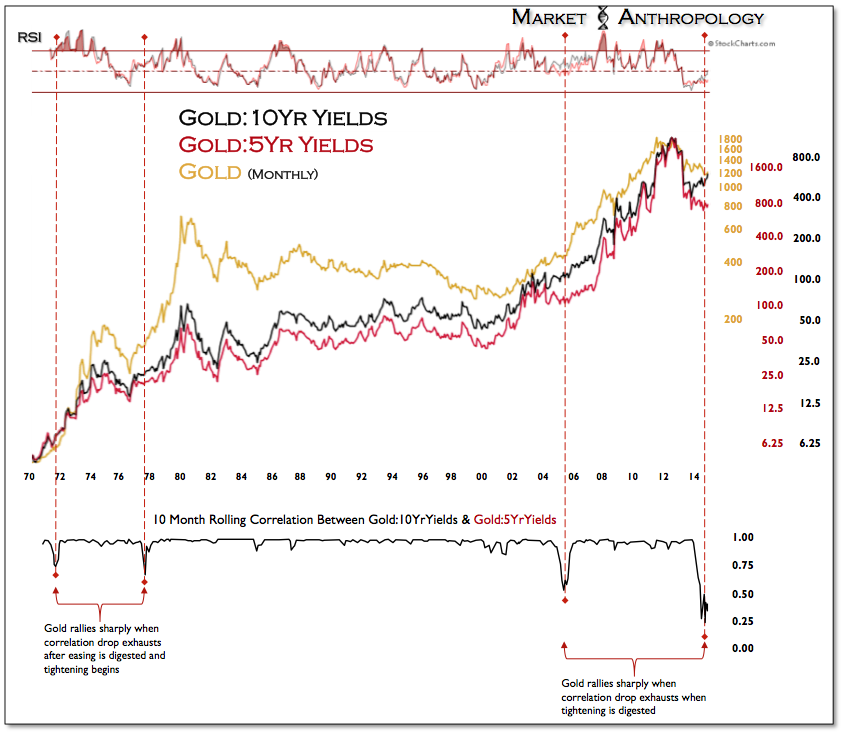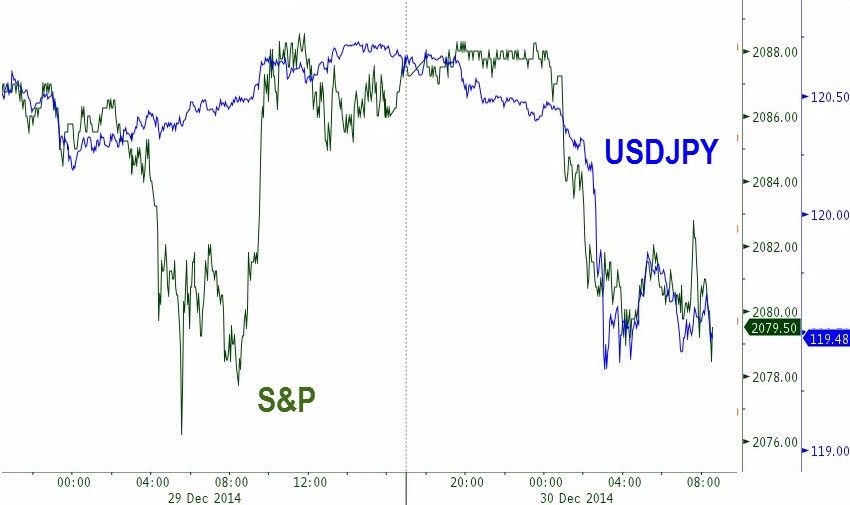GLD V Capturing Yield In Gold
Post on: 26 Июнь, 2015 No Comment

If the gold rally’s over, has the golden age of GLDI just begun?
Gold is known as a great hedge against inflation, or as the ultimate safe-haven asset, but it’s certainly not known for the yield it generates. The yellow metal has no internal rate of return, but in the world of exchange-traded products, investors have access not only to physical gold in an ETF wrapper, but to an ETN that adds income to the precious metal.
Specifically, the Credit Suisse Gold Shares Covered Call ETN (GLDI | A-43 ) is now available to investors who may be thinking that not only is the 12-year gold rally over, but so too might be last year’s pullback. That would mean that GLDI’s call-option overlay would make the idea of owning gold to be a bit like owning a stable 10-year Treasury note that’s shooting off a yield of 3 percent.
But before getting into the intricacies of GLDI, here’s a bit of background on the gold ETF market. Investors looking to own gold have access to four physical gold ETFs on the market today, none bigger or more liquid—read, cheapest to trade—than the SPDR Gold Trust (GLD | A-100 ).
GLD holds gold bars vaulted in London, and has more than $32.2 billion in assets even after a year like 2013, when investors yanked some $25 billion from the ETF.
The fund is set up as a grantor trust, meaning that its underlying holdings—the gold bars—cannot be lent out, which is a protection for investors who own it. It also means that the fund is considered a collectible in the U.S. for tax purposes, so investors holding GLD may face capital gains taxes that are relatively high, according to ETF.com’s ETF Analytics.
While not the cheapest in the segment, GLD has an annual expense ratio of 0.40 percent, or $40 for each $10,000 invested, making trading costs averaging 1 basis point relatively manageable.
In the past year, GLD bled roughly a quarter of its value, following a similar slump in gold prices in that 12-month period.
Crucial Distinction
By comparison, GLDI, the Credit Suisse Gold Shares Covered Call ETN, is a strategy that invests in GLD shares, and uses a covered-call overlay to add income to gold. It slid roughly 22 percent over the past year, “outperforming” GLD by 3 percentage points. That hardly constitutes bragging rights, but the difference is important.
GLDI lost less than GLD because its performance is tied to the returns of a covered-call strategy comprising shares of GLD one-month call options with a strike price of 103 percent of GLD. GLDI pays a monthly variable coupon based on the sale of covered-call options.
By design, if gold prices decline, and GLD’s share price drops below the strike price of the calls, the call options never get exercised. The investors get the cost of that covered call back and added to their returns.

GLDI’s strategy helps offset some of the downside relative to GLD if gold prices tumble, mitigating some of the risk associated with gold.
Also, in a relatively stable gold market, GLDI’s options overlay will offset losses of up to 3 percent, keeping investors in the black. And, as GLD moves upward, say, up to 3 percent, GLDI investors would actually be making as much as 6 percent on that move; that is, the 3 percentage points of gold’s return and the 3 percent premium from the sale of the call options.
Beyond a 3 percent upward move by GLD in each 30-day period, GLDI would underperform, though investors in GLDI would get automatically reinvested in a “synthetic” covered-call position, based on GLD’s price at the start of the new period.
GLDI’s reinvestment feature is different than what GLD investors employing their own covered-call strategies would experience. Faced with exercised call options, those holders of GLD would lose their gold ETF shares and could only re-enter their gold positions by buying different shares again.
That word “synthetic” speaks to a big and important difference between GLD and GLDI; namely, that GLD is an ETF backed by physical gold, and GLDI, as an ETN, is a debt instrument backed by the credit of the backing bank, Credit Suisse.
In the end, GLDI is in a way giving up some of the upside potential for a little downside protection. The strategy, which is turning a year old this week, has an expense ratio of 0.65 percent, and with average trading spreads of 21 basis points, investors who hold GLDI are likely paying roughly 0.86 percent, or $86 per $10,000 invested.














